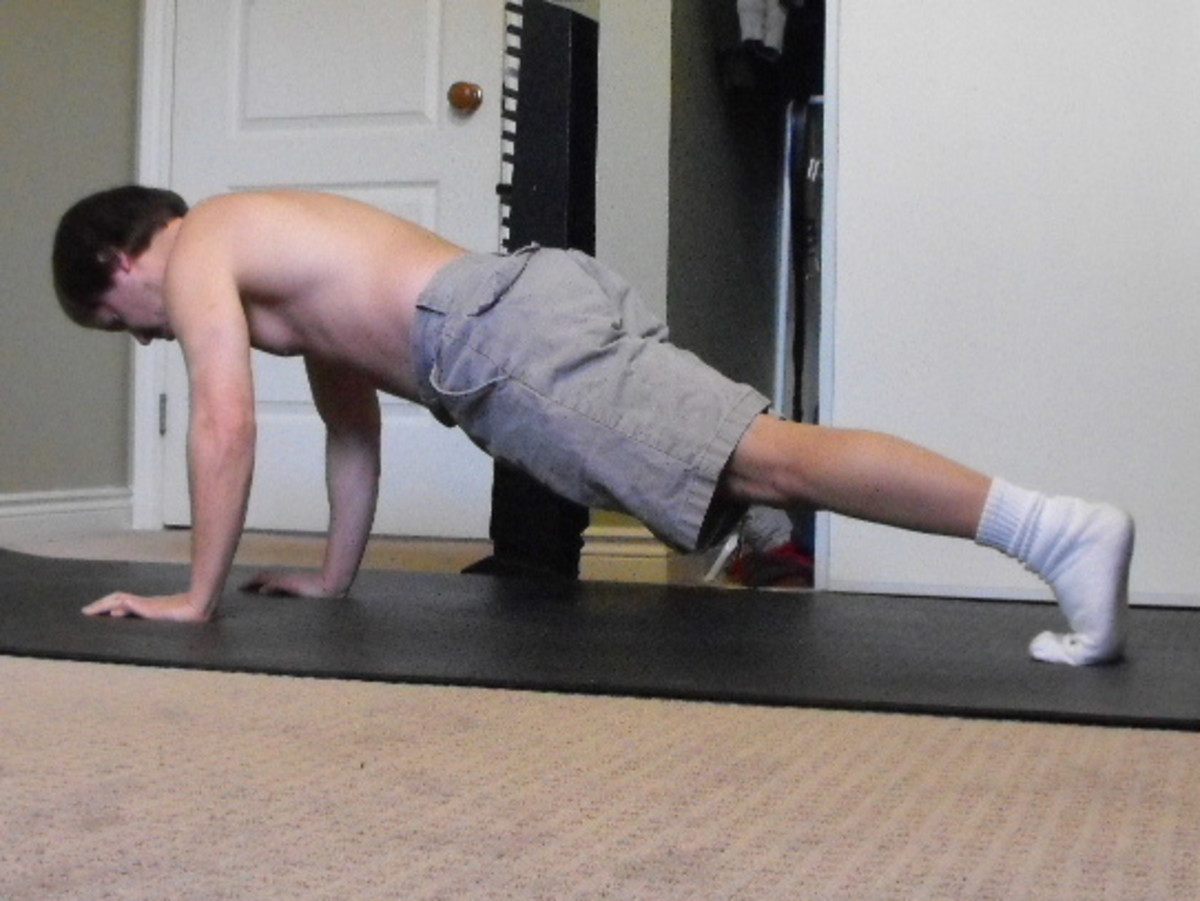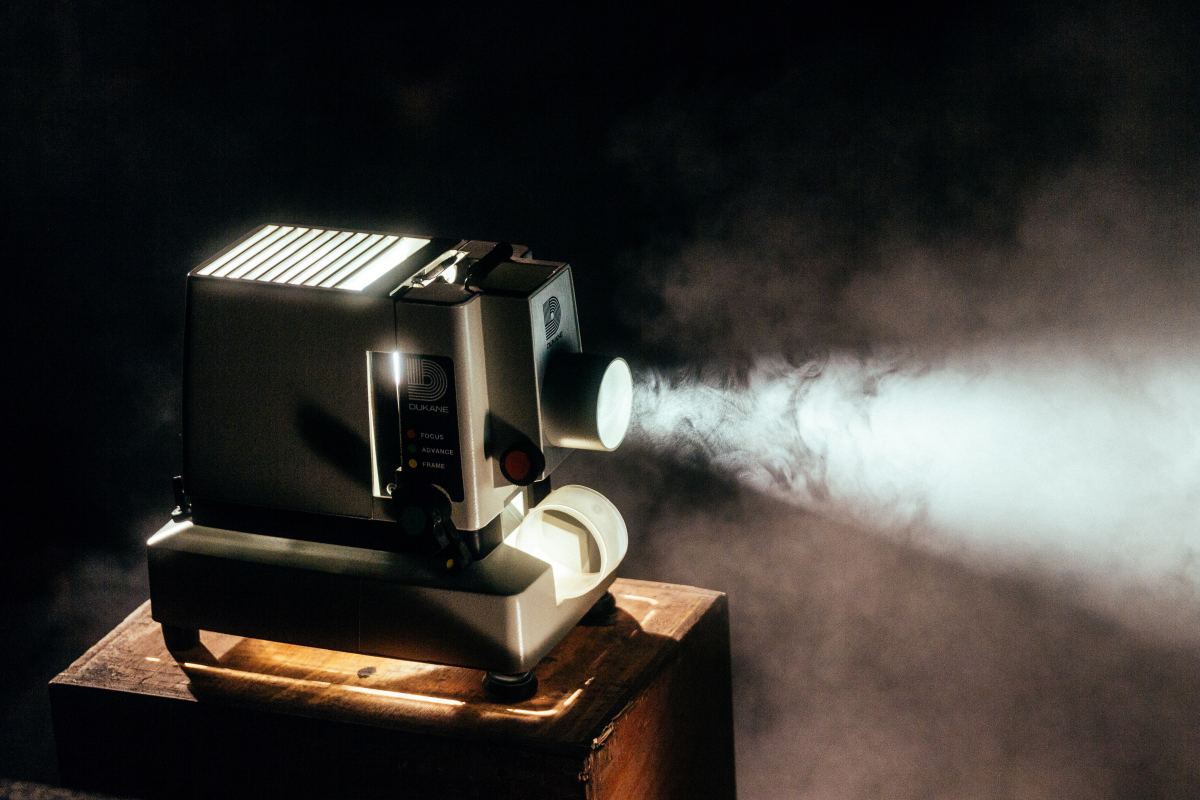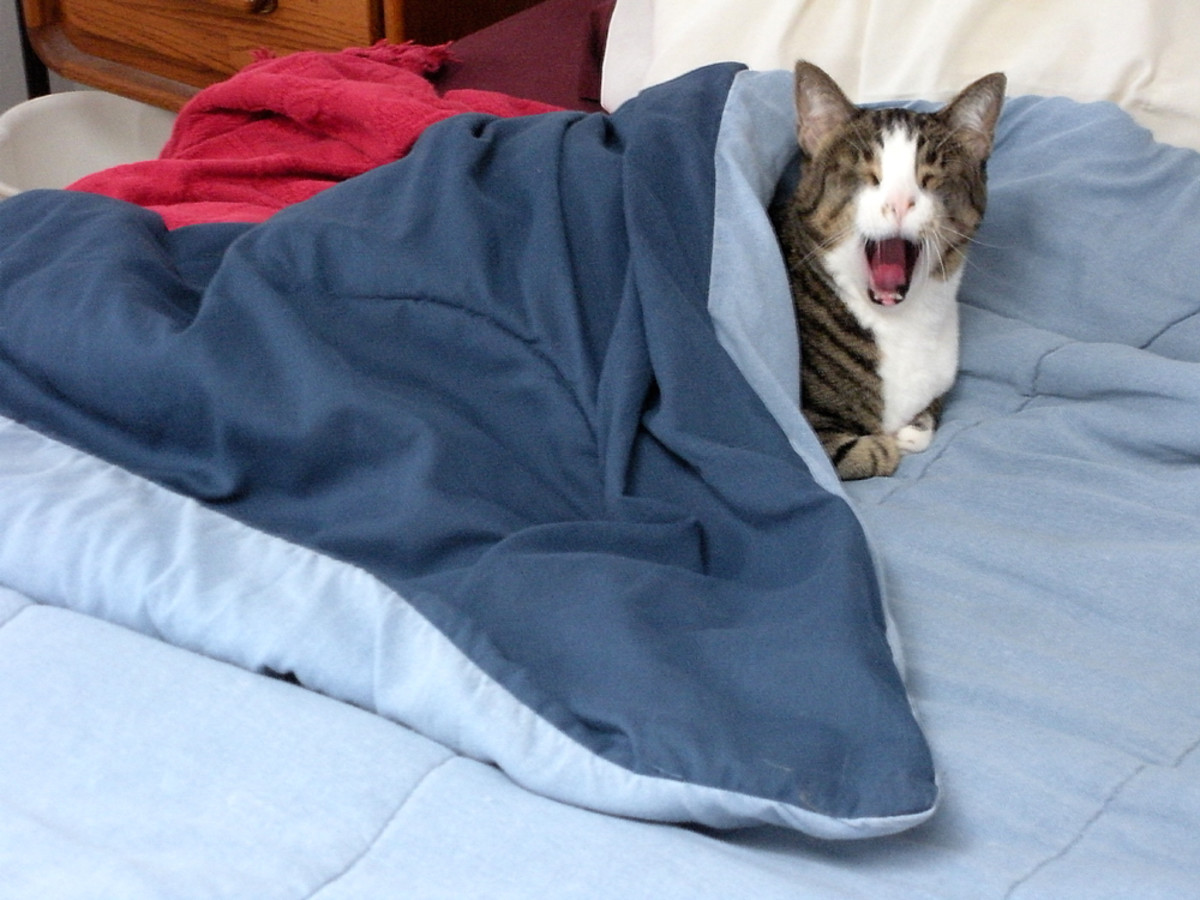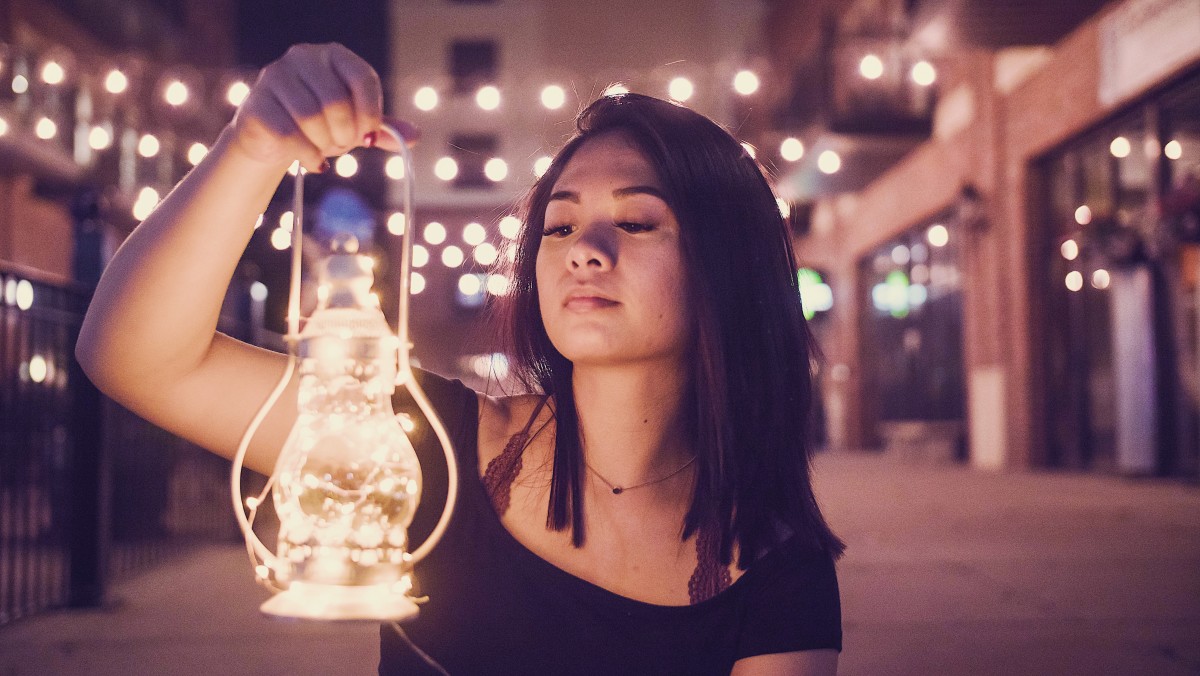- HubPages»
- Arts and Design»
- Photography»
- Photography Instruction & How-Tos
Visualizing Your Photographs for Better Results
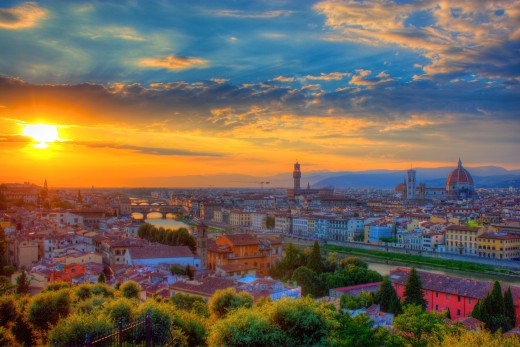
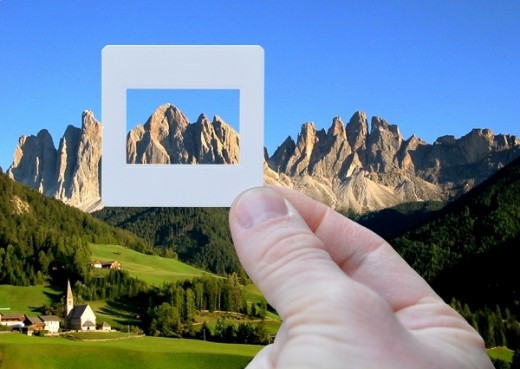
Every time you raise your camera to capture a scene, no matter what's in front of the lens, you are really trying to compose the shot so that nice pleasing elements are within the scene and together they will make for a great shot. This in effect is visualizing an image before snapping the shutter. In other words you are trying to make a good composition that others will appreciate and want to look at.
Depending on what type of photography you want to involve yourself with, you really need to do a bit of research and see what is being photographed and how these images are being composed.
The last thing that you should aim for is to take yet another photo of something that has probably been photographed quite a number of times.
Take the Eiffel Tower in France. If you take a photo of it that looks just like thousands of other images then you basically just mimicked the rest.
Do you research to see what has been done and figure out what has not been done. Are there any new angles or new perspectives that come to mind but you really have not seen before ? These are the shots that you should try to capture and visualizing them before you snap the shutter is the best way of making them come true.
The good thing about taking "new" shots of the same things is that by simply changing the perspective, the angle, cropping, or working the light, this can be done. See what others have not seen and capture the moment.

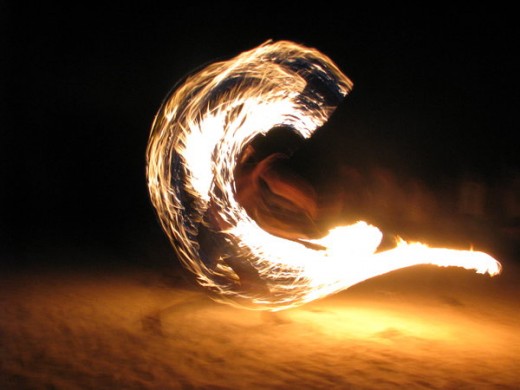
For over 30 years I shot positives(Slides) and now that I finally switched to digital, I use the plastic slide mounts when visualizing an image. I simply take the mount (no photo in it) and hold it in my hand against the subject so as to frame it. This way and I clearly see what the final image will more or less look like once I finally compose the shot and depress the shutter.
If you are not sure how to compose the shot or have no time or even don't have your gear with you (a big no no ) try to at least do a sketch of the scene.
Don't worry about how ell you draw, just simply capture at least the outline of the general scene in front of you so that you can dwell on it and come back at a later time. This is of course if the subject is not going anywhere.
For live subjects this mostly does not work unless you are referring to flowers, plants or captive wildlife like in a zoo. This is why not having your gear at all times with you is a big no no.
By all means even use your cell phone. Just do whatever you can to take the "image" with you and have the ability of looking at it and exploring ways of making the shot better and unique.
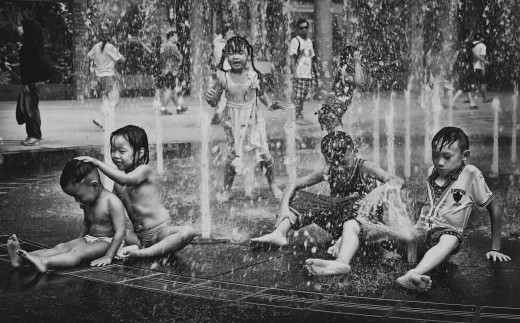

Think about what you want your image to "say" thinking ahead of what it is that you want your image to be a representation of is important because it can lead you to compose the scene at the right time.
A hustle and bustle of a street scene needs to show movement. If you take the picture during a quiet time when hardly any people are present does not translate into an image that shows the hustle and bustle of the typical street life.
This is just like if you are trying to show peace and calm a busy scene with lots of elements , people or other distractions will not work.
For certain scenes sometimes it is better to just sit and wait for the perfect composition. Do not rush into a scene if you don't have to.
This is especially true for landscapes. By waiting right after you take a few shots, you may find that the light that presents itself afterwards is better than when you took your first image of the scene.
If you perhaps might want to add some interest to the scene, waiting for people or fauna or even some clouds to show may just be the opportunity that you need to make a good shot a better one.
Calmly observing your surroundings often clears your mind and allows you the time to really compose the shot in your mind.
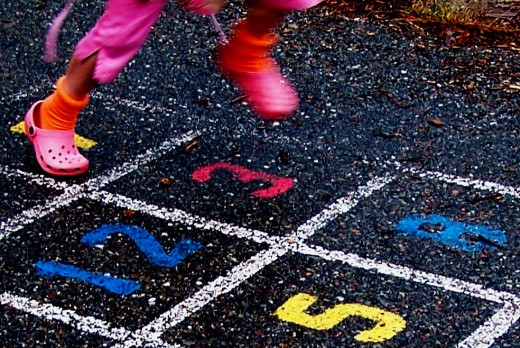
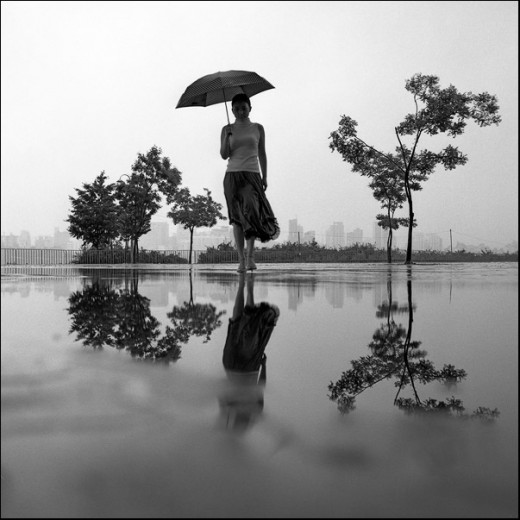
If you have a commercial interest in mind then it is a good idea to visualize your shot as if looking at it in the pages of a publication.
Now you also have to take into account how you will crop the shot to allow for text to be included as well as to visualize the shot in a horizontal as well as in a vertical format.
Most professional photographers get to become quite adept at visualizing without even thinking about it.
They know what shots work well for their style and they compose their shots without even thinking about it. This is what you should be aiming for.
To visualize a shot automatically like if you had been doing this from the very first time you took your first picture should be your primary goal.
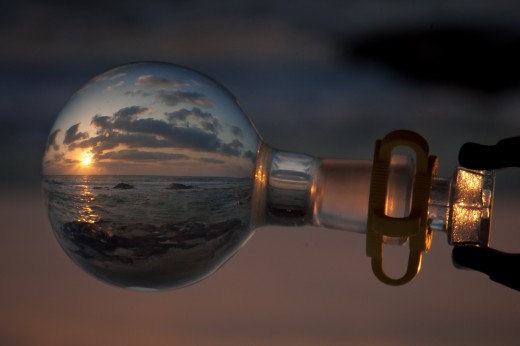
- How to Pre-Visualize like Ansel Adams - | Graham Clark Photography
Ansel Adams dedicates the beginning of his first book to previsualization, and is often quoted as saying "Visualization is the single most important factor

© 2016 Luis E Gonzalez


